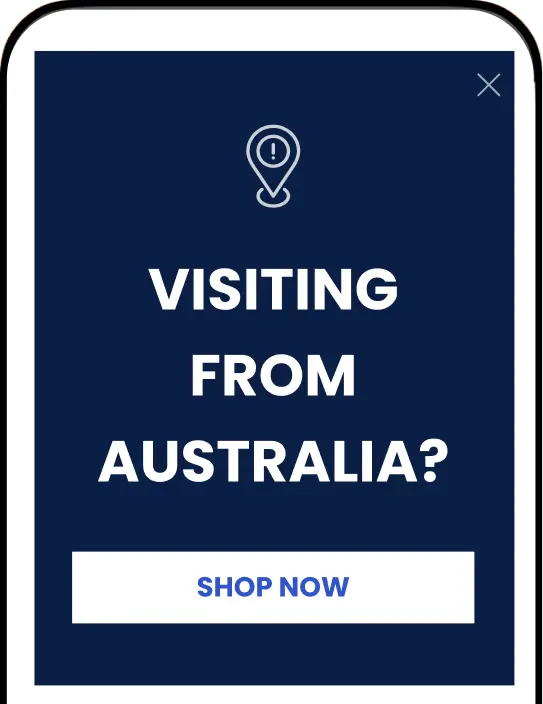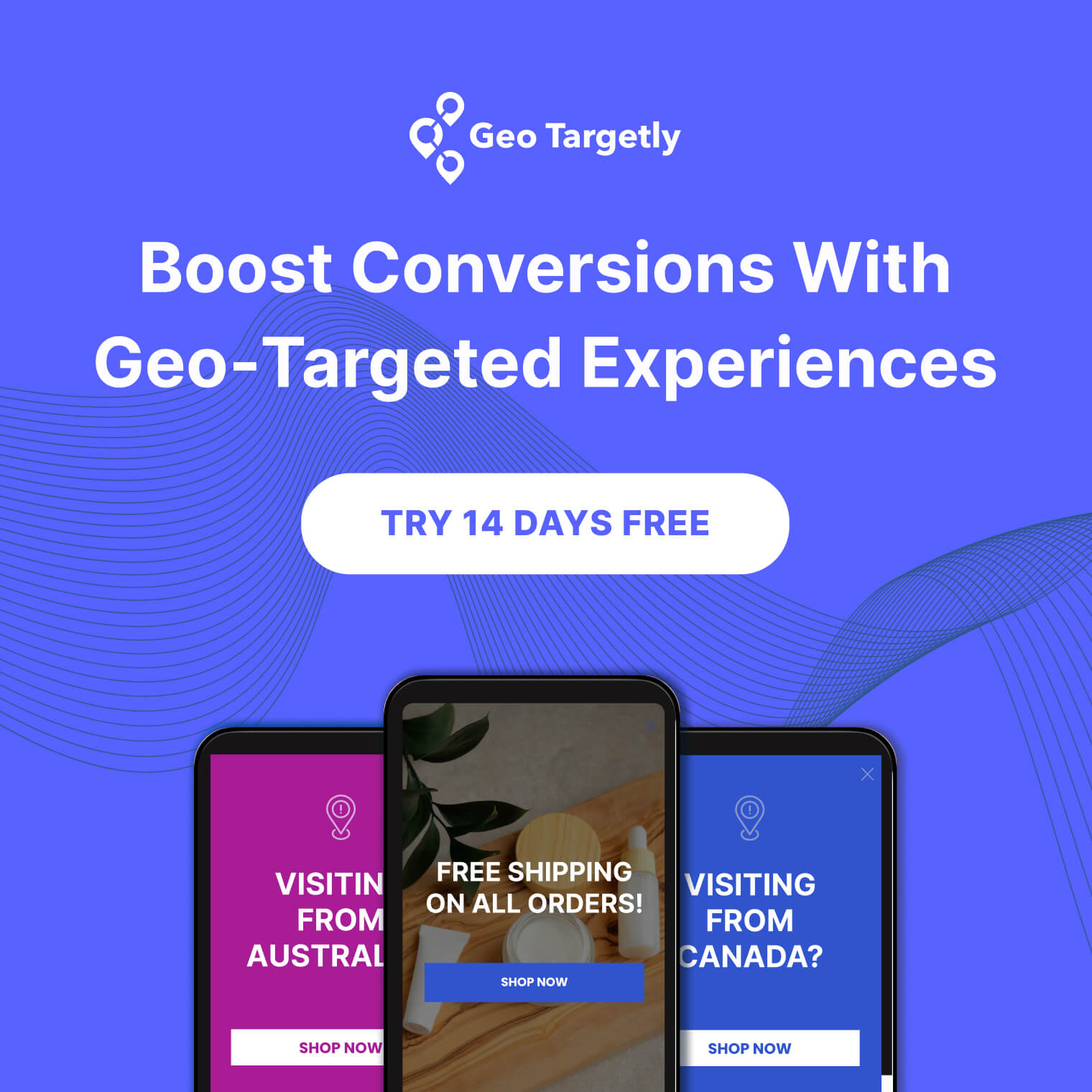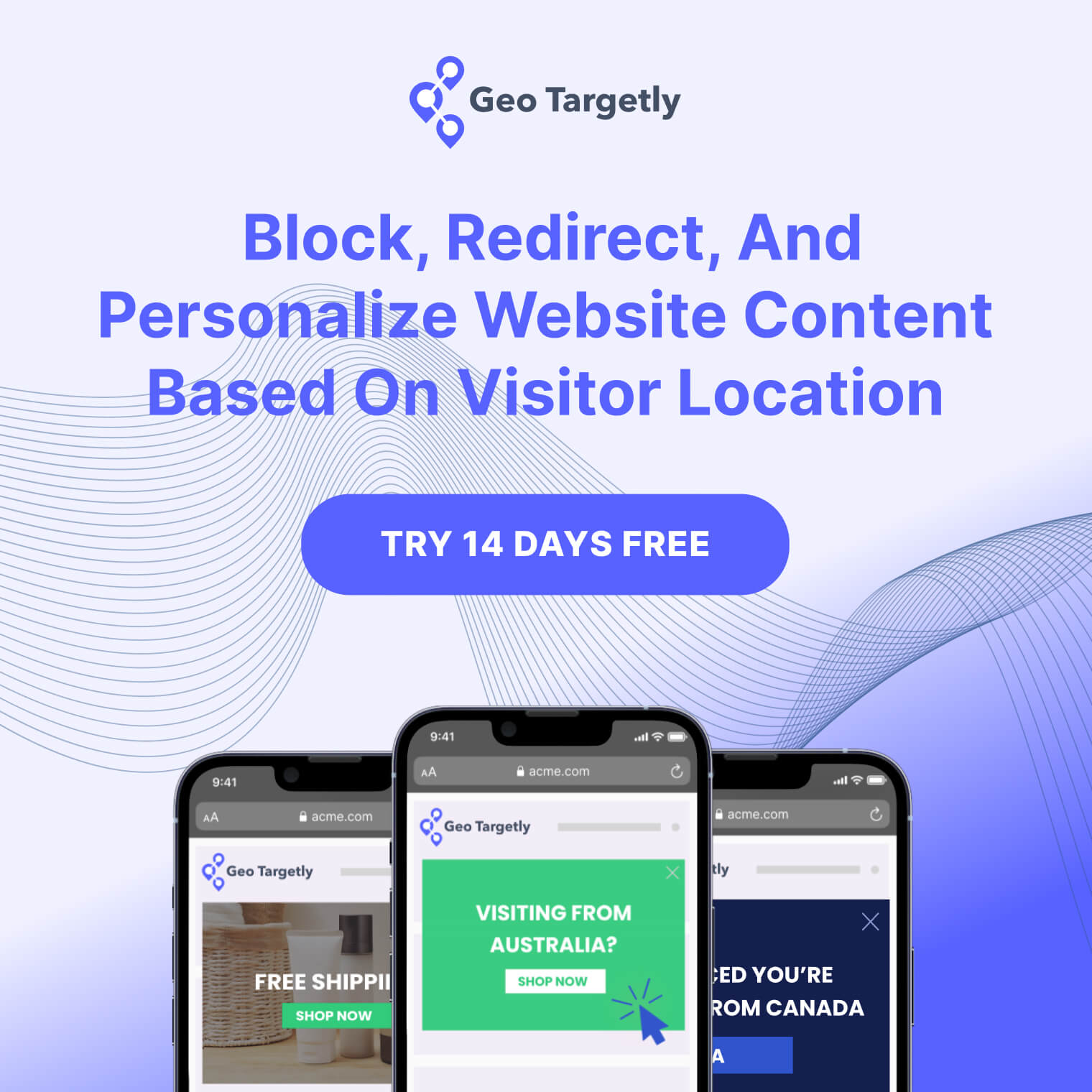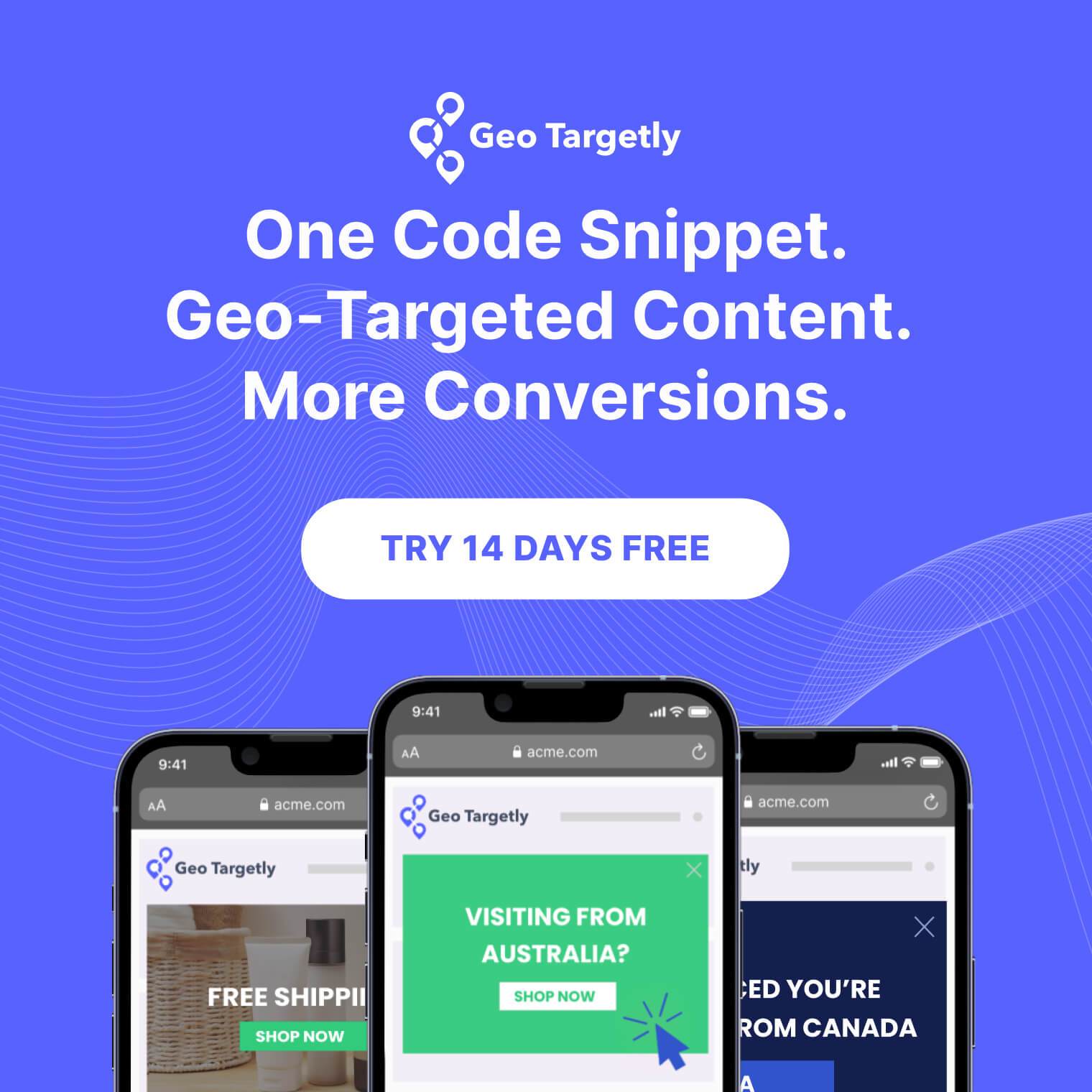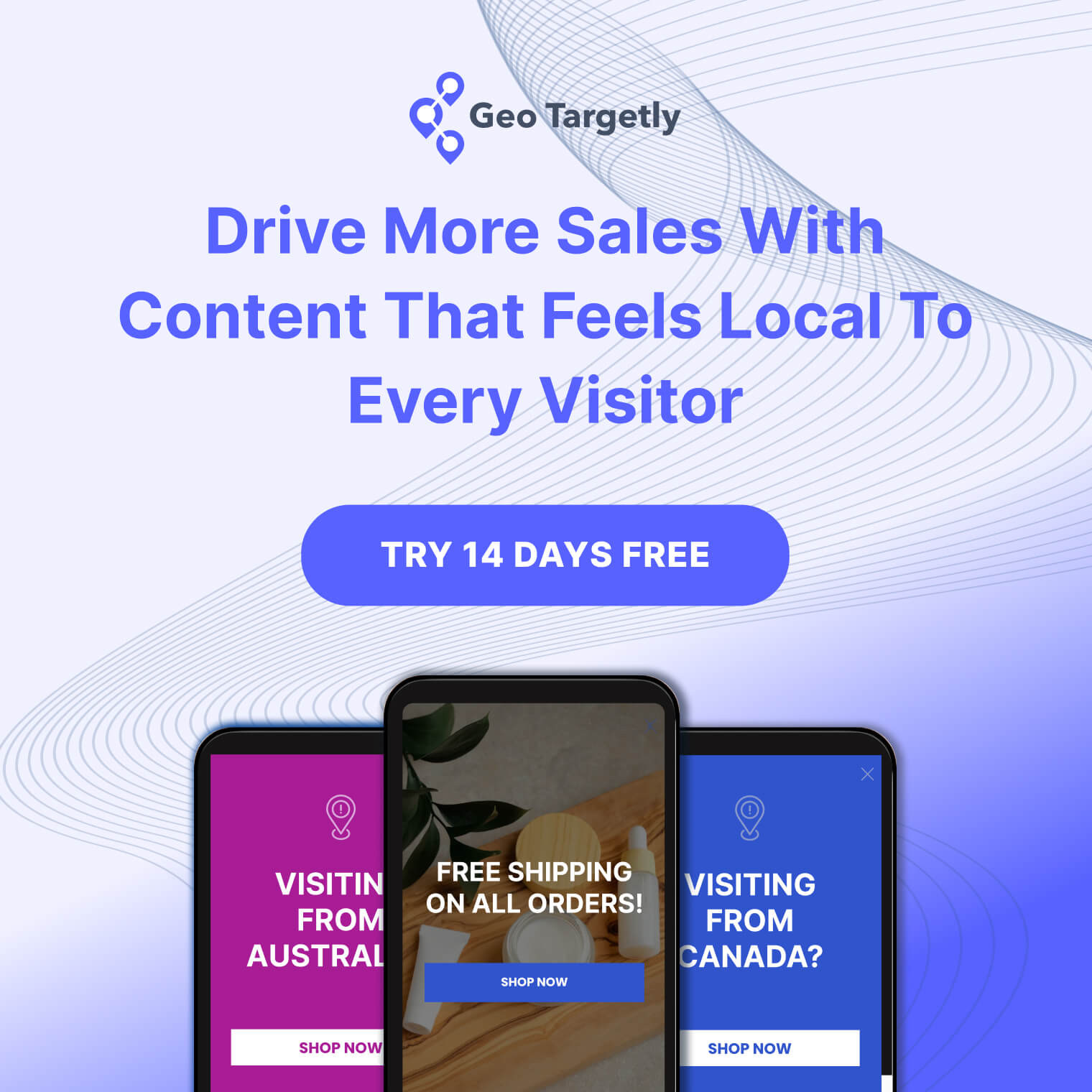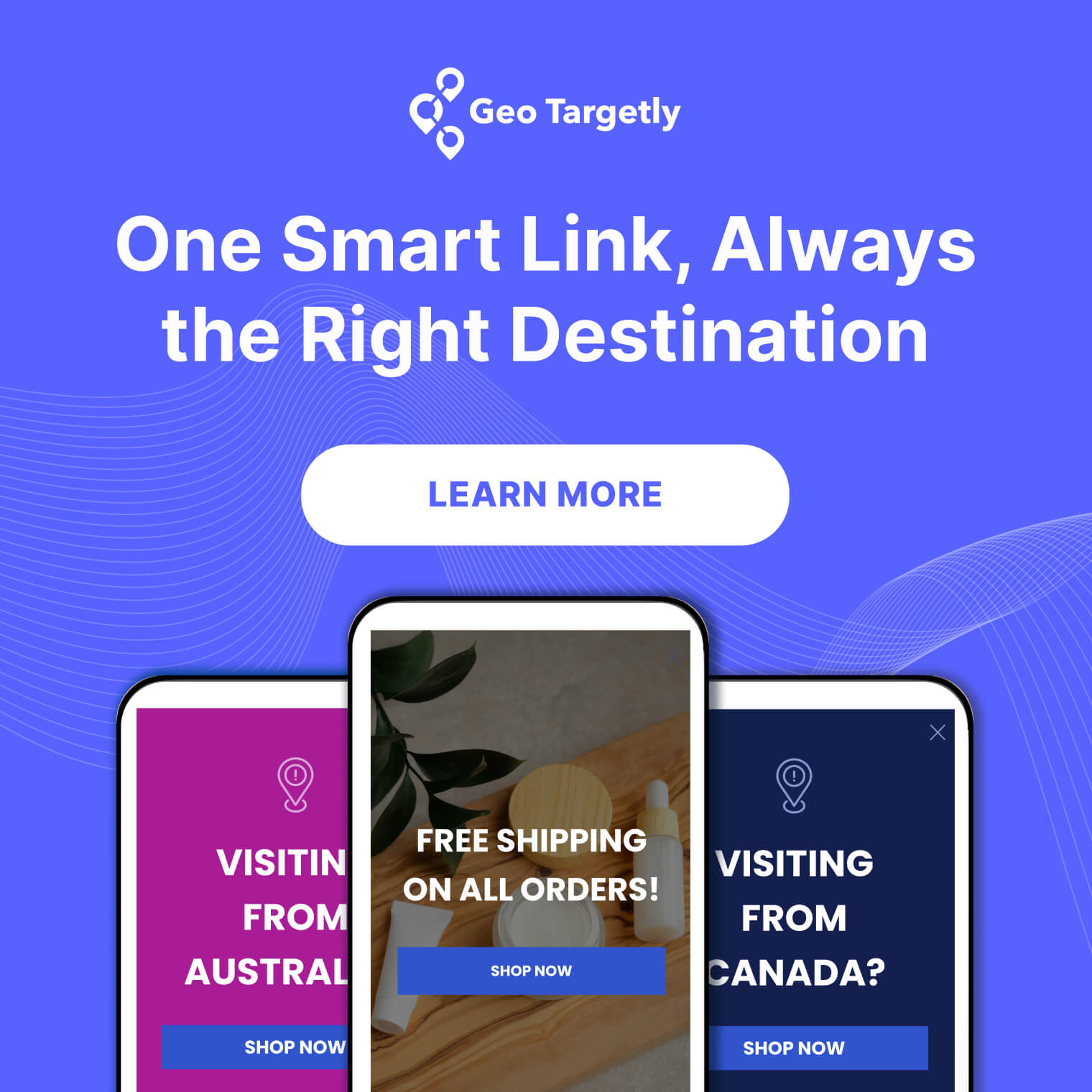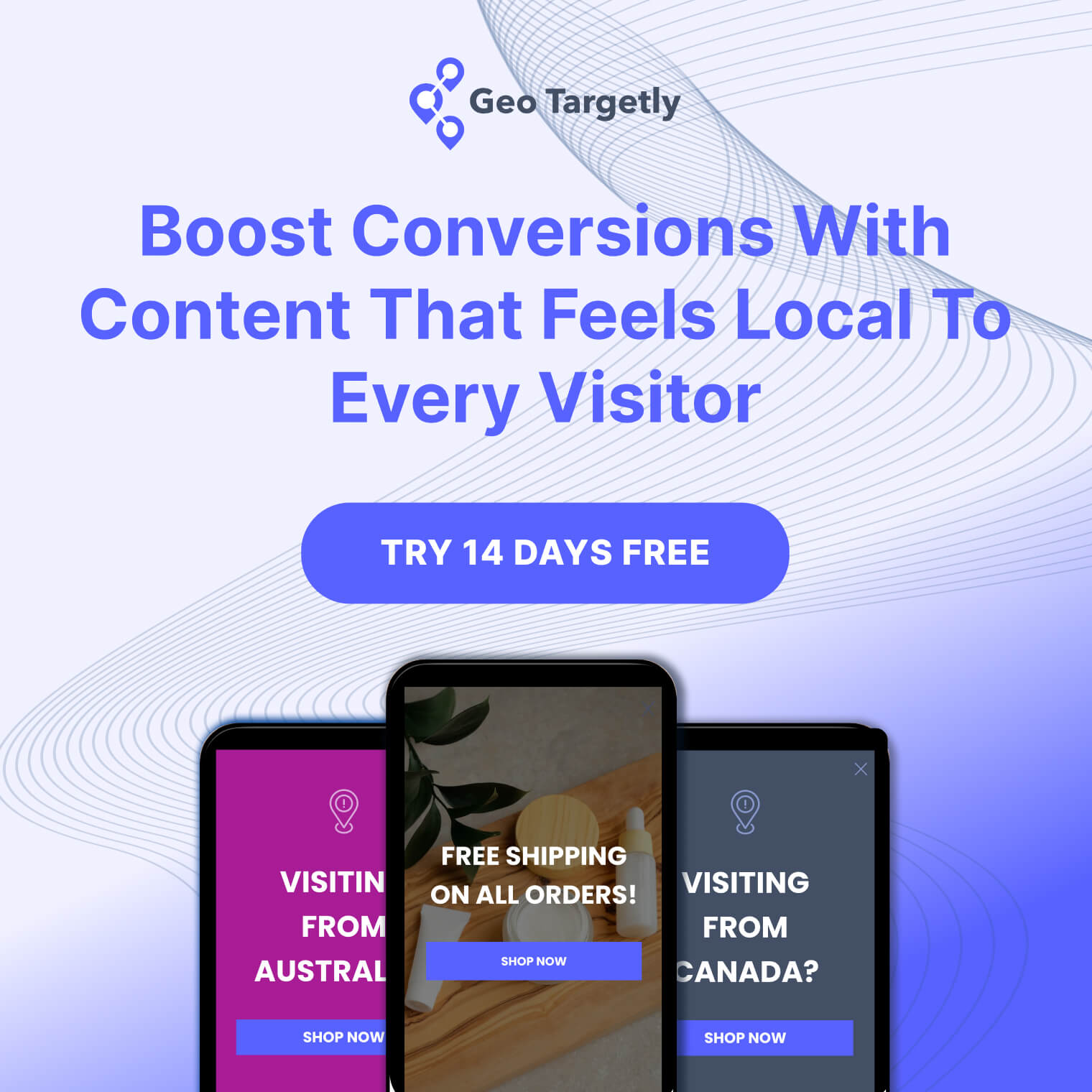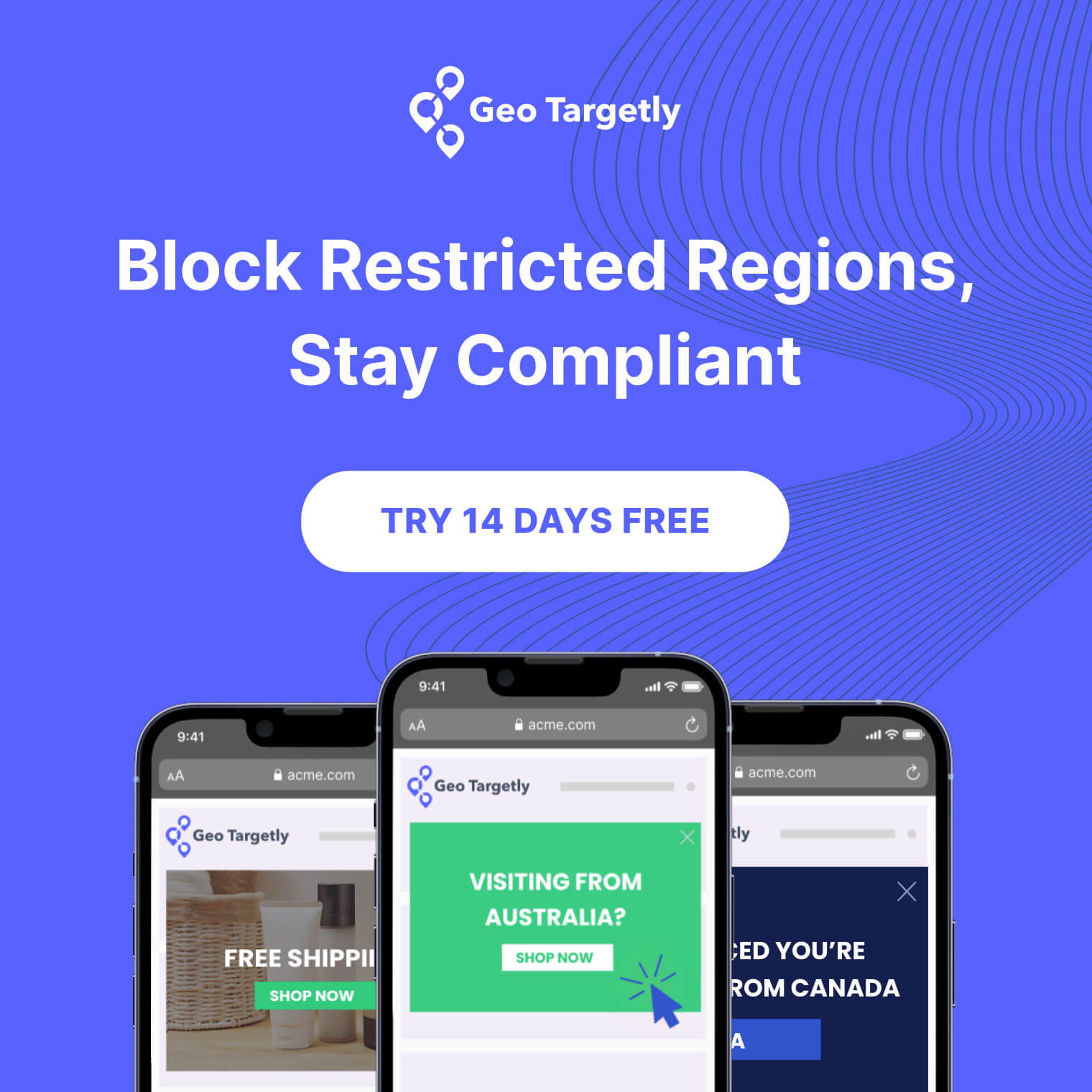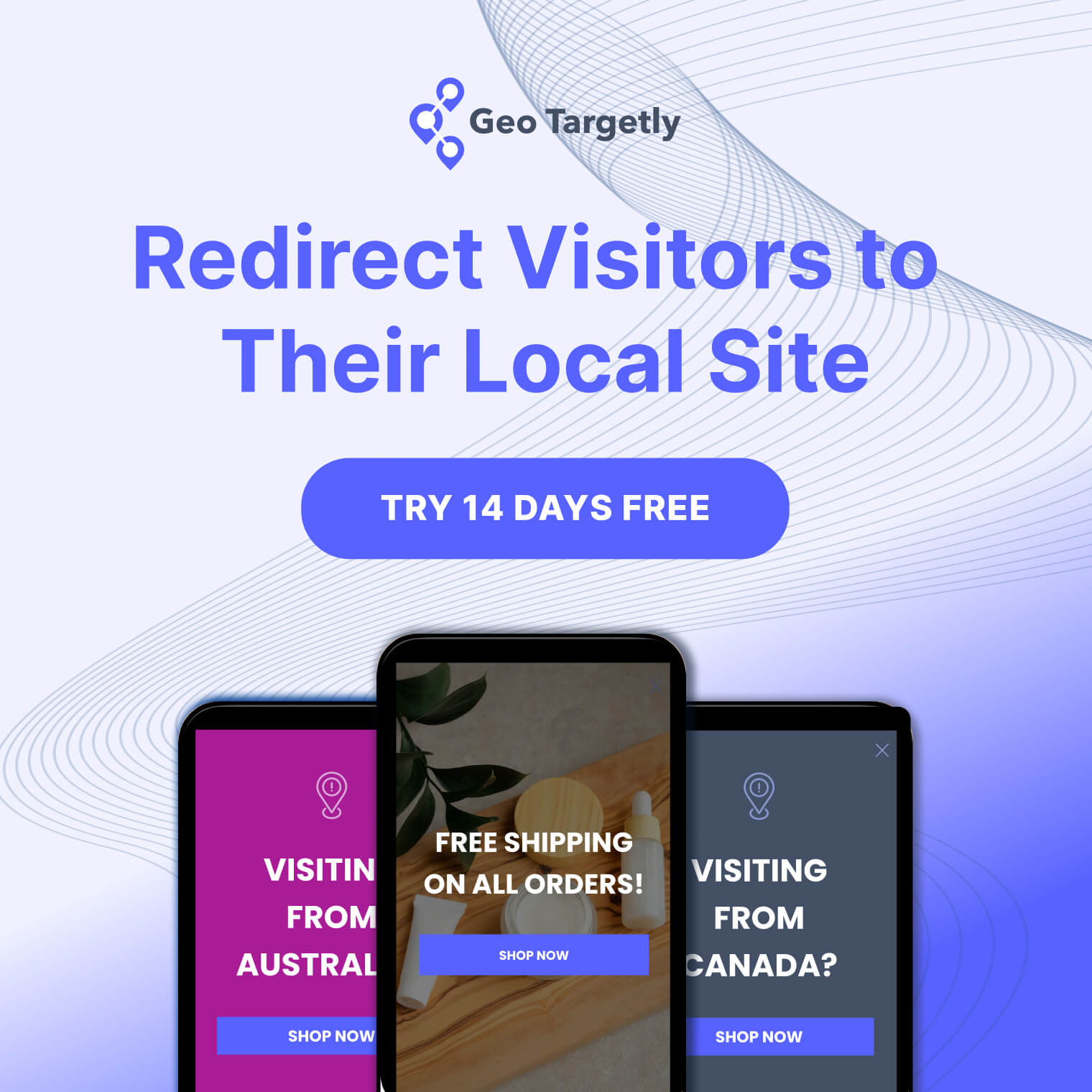

A URL tracking link is an upgraded version of a regular URL with additional parameters (tags) to monitor user activity and interactions.
Trackable links:
- Reveal click-through rates and user engagement
- Identify traffic sources and marketing, campaign, or channel effectiveness
- Gather user data for analytics and personalization
In this article, you will learn how trackable links work, when to use them, and how to create them from scratch.

What is a tracking link?
A tracking link is a specially crafted URL with additional parameters to monitor and analyze user engagement.
Marketers use tracking links whenever they send users to a landing page or website from an external channel such as email, ads, social media, or internal pages such as from one blog post to the other, or from a blog post to the pricing page.
Whenever a user is redirected, the trackable links monitor and collect user data such as referral source, number of clicks, time spent on the destination page, geolocation, etc.
Learn more about geolocation and geofencing on our blog.
Here is the basic structure of a trackable link:

Besides the base URL or the original destination (https://www.example.com/page), common parameters are:
- UTM source: This tag refers to which channel the user came from. For example, utm_source=instagram
- UTM medium: This tag refers to the marketing medium or larger category the source belongs to. For instance, utm_medium=paid_social
- UTM campaign: This tag refers to the specific campaign you are running. For example, utm_campaign=20%
Here is what it would look like if the channel was email:
https://www.example.com/product?utm_source=newsletter&utm_medium=email&utm_campaign=summer_sale
Here is what a custom tracking link for an article would look like:
https://www.example.com/page?utm_source=website&utm_medium=blogl&utm_campaign
=name of the article&utm_content=conclusion
For the second example, we added a customizable tracking tag, “utm_content,” which indicates where in the article the link is placed, in this case, the conclusion.
Customizable tracking tags serve as additional tracking parameters that reveal extra information about the campaign, source or user.
Here are some additional customizable tags marketers often use:
* While adding custom parameters, remember to use them consistently and set up your analytics tool to recognize and report on these custom parameters.
Adding multiple custom parameters can make your link bulky, check out our URL shortening guide for more information on how to fix that
When to use a tracking link
E-commerce, SaaS, and affiliate marketers regularly use tracking links to track sales and monitor traffic, or commissions. It is an easy way to compare the performance of marketing channels, calculate ROI, and determine which assets bring in the most leads/sales.
Here are six use cases for implementing tracking links:
1. Email marketing
By putting a tracking link in your email’s body content, you can:
- Track which email content drives the most clicks
- Measure the effectiveness of different subject lines, call-to-actions, or product promotions
- Test how different segments of your email list respond to campaigns
Here is an example of a tracking link in a newsletter:

2. Social media marketing
By putting a tracking link in your social media posts, you can:
- Compare engagement across different social media platforms
- Measure the success of paid vs. organic social posts
- Track clicks from influencer partnerships or sponsored content
Here is an example of an Instagram ad with a tracking link:

3. Content marketing
Use tracking links instead of regular internal links in your content to:
- Determine which blog posts or articles drive the most traffic to your website
- Learn more about user navigation from one piece of content to the other
- Measure the effectiveness of different content formats (e.g., infographics, videos, long-form articles)
- Track downloads of gated content like whitepapers or ebooks
Additionally, tracking links can help assess the engagement and conversion rates of AI-generated content, such as videos created with an AI video generator.
Here is how to use a tracking link for content marketing:

Customers not clicking on your link? Implement an exit-intent pop-up with our exit-intent popup solution.
4. Affiliate marketing
Brands that have an affiliate marketing program use tracking links to:
- Monitor individual affiliate performance
- Track conversions from different affiliate partners
- Measure ROI for affiliate programs
Here is what it looks like for YouTube videos:

5. Pay-per-click (PPC) advertising
Use tracking links for your PPC campaigns to:
- Compare performance across different ad platforms (Google Ads, Instagram Ads, etc.)
- Test different ad copy or landing pages
- Track conversions from specific keywords or ad groups
Here is a classic PPC campaign with a tracking link example:

6. Offline marketing
If you are running multiple offline marketing campaigns, you can use tracking links to:
- Measure the effectiveness of QR codes on print materials
- Track responses from direct mail campaigns
- Monitor traffic from billboard or radio ad campaigns using custom URLs
7. SEO&PR
If you’re working on your search engine optimization and PR, you might want to use tracking links in your guest posts or press releases. It can be very useful to:
- Track referral traffic to see what backlinks are the most effective.
- Analyze the performance of your PR campaigns.
- Check the sources that generate the most leads and website visitors.
Of course, you don’t necessarily need to use tracking links in your guest blogs and press releases. If you simply want to gain quality dofollow backlinks for SEO purposes and don’t have any clear objectives (e.g., traffic, lead generation, etc.), you can skip this step. Or, if you're not focusing on traffic or lead generation, you might consider using niche edit services or buying backlinks from reputable sites. Just make sure they align with Google’s guidelines to avoid SEO penalties.
How does a URL tracking link work?

1. Create a link
A marketer or business owner needs to create a special URL that consists of the destination URL plus additional tracking information. We will explain the whole process in the following section.
2. Embed the link
You can add this custom tracking link to your social media campaigns, and blog posts, share it with your affiliates, or leave it in your newsletter, as you would do with any other link.
The reader won’t notice it is a tracking link unless they notice the URL extensions when redirected. Learn how to set up URL redirects with ease.
3. User interaction
Once the user sees the link (e.g., in an email or sees it on a social media post), they can click on it. The click first goes to the tracking service's server, for example Google Analytics 4.
The tracking service logs information about the click, such as:
- Timestamp
- User's IP address
- User agent (browser and device information)
- Referrer URL (where the user came from)
- The tracking parameters (utm_source, utm_medium, utm_campaign, etc.)
After logging the information, the tracking service quickly redirects the user to the actual destination URL (landing page, pricing page, free trial, product page,etc). This redirect happens so fast that the user typically doesn't notice any delay.
4. Data collection
The tracking service collects and stores the data from all clicks, and marketers can access this data through the tracking service's dashboard or reports.
In GA4, you can automatically track your incoming campaigns.
Go to Reports>Life cycle > Acquisition> Session campaign
Here you can see metrics such as the engagement rate, conversions, total revenue, etc. You can analyze specific events as well (if you’ve set them up) such as “first visitor”, “top spender” etc.

The benefits of tracking links

Besides finding out WHERE your customers come from, tracking links in your marketing campaigns can help you analyze, test, and optimize different aspects of your efforts.
Email marketing
With link tracking in your emails or newsletters, you can perform different tests and optimize your email marketing strategy, such as:
- Find out which design elements readers engage with the most
- Identify which content makes readers “click”
- Experiment with different sending times
- Measure direct campaign ROI and effectiveness with ease
Without tracking links, you can’t really measure the effectiveness of your email campaigns, and what your target audience reacts to most.
Affiliate marketing
By adding unique tracking links for your affiliate marketing partnerships, you can ensure:
- Accurate sales attribution to specific affiliates
- Fair calculation of affiliate commissions
- Identification of top-performing affiliates
- Fraud detection and prevention
- Improved allocation of marketing resources
Without tracking links, you can’t assess your affiliate marketing partnerships, ensure fair commissions, and determine the success of some collaborations.
Social media marketing
If you have tracking links in your social media campaigns, you will:
- Allocate resources more effectively by testing and focusing on the platforms that drive the most engagement and conversions.
- Understand when your audience is most receptive to content and increase engagement and traffic without necessarily creating more content.
- Provide influencers with unique tracking links, marketers can accurately measure the traffic and conversions driven by each partnership.
Not enough conversions? Learn how a geotargeting website helps increase conversions.
Event promotion
Tracking links are useful for event promotions because:
- Event marketers can understand which channels (e.g., email, social media, partner websites) are most effective at driving ticket sales. This insight helps in allocating promotional budgets more effectively for future events.
- By using unique links for different promotional offers, marketers can determine which types of incentives are most effective at driving ticket sales. This can inform pricing strategies and promotional planning for future events.
- Tracking links help marketers see when ticket sales slow down, indicating when additional marketing efforts might be needed. This can help in timing reminder emails or launching last-minute promotions to boost sales.
- By using different tracking links for various aspects of the event promotion, marketers can see which elements (e.g., keynote speakers, workshops, networking opportunities) generate the most clicks and registrations. This insight can guide content planning and marketing messaging for future events.
- Understanding where attendees are coming from can inform decisions about event locations, targeted advertising, etc.
PPC (Pay-Per-Click) advertising
The benefits of link tracking in PPC advertising are:
- Marketers can directly attribute conversions (sales, sign-ups, etc.) to specific ads or campaigns, to calculate accurate ROI for PPC efforts and optimize the PPC budget.
- Easily determine which advertising platforms (e.g., Google Ads, Facebook Ads) are most effective for their audience and campaign goals.
- With unique tracking links for each ad variant, you can see which specific ads are driving the most clicks and conversions.
How to create a trackable link
Manually creating trackable links is easy until you have dozens of links to track. Then, it is easier to use a campaign URL builder and a URL shortener to make a lengthy link easier to manage.
Here is a step-by-step guide:
To build a campaign, use Google’s Campaign URL Builder and input the required information such as campaign ID, medium, and source.

Once created, use our URL shortener to create dynamic short URLs. You can also do this with links that are directing users to Amazon pages by using an Amazon affiliate link generator. With dynamic URLs, you can:
- Send visitors to country-specific product pages
- Drive traffic from social media to location-specific domains
- Generate friendly gtly.io & gtly.ink short URLs
- Connect your custom domain & create custom URL slugs
The UTM tags will be passed from the initial URL to the final URL, just paste your link and click “pass query string onto link URL”.
Any query strings added onto the link, such as gtly.ink/ZjCqIHy8s?UTM_source=facebook
will redirect to mywebsite.ca?UTM_source=faceboo
This works even if you have multiple query strings.
gtly.ink/ZjCqIHy8s?UTM_source=facebook&UTM_campaign=shoes will redirect to mywebsite.ca?UTM_source=facebook&UTM_campaign=shoes

GeoTargetly offers a suite of geo-targeting features in a single package, including Geo Redirect, Geo Popups, Geo Images, Geo API, and more.




.webp)






